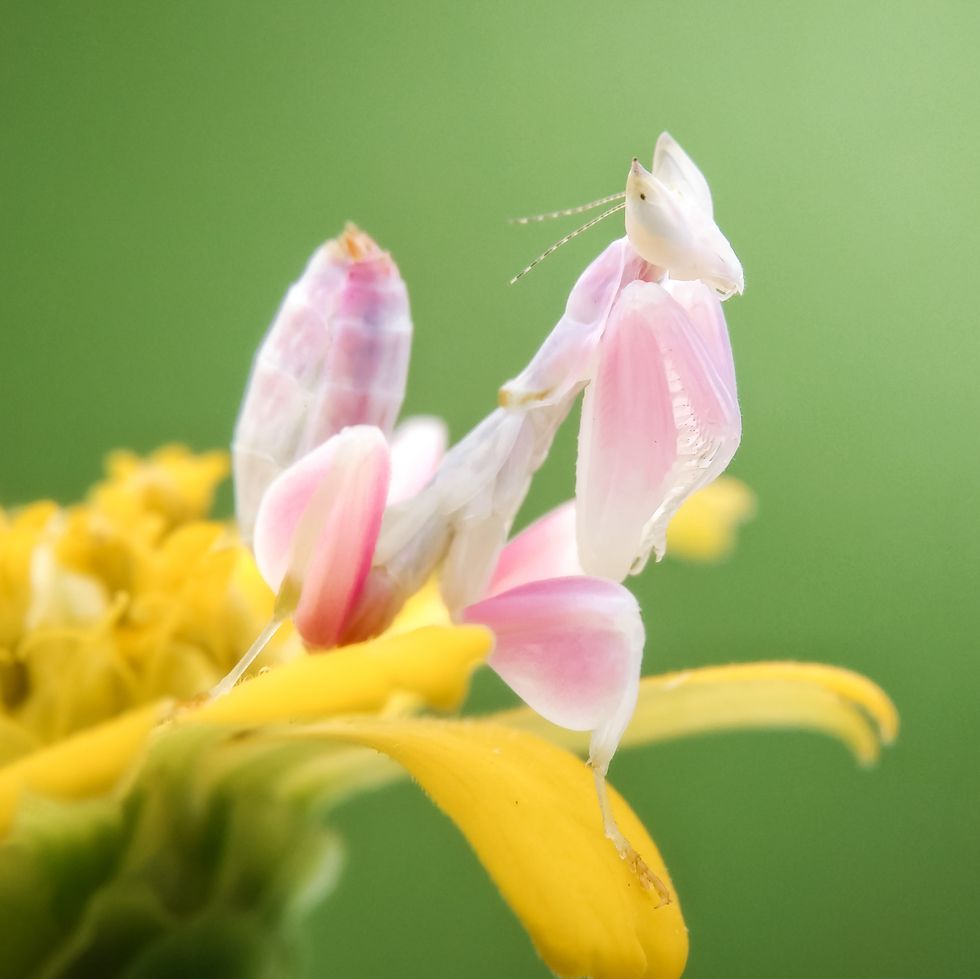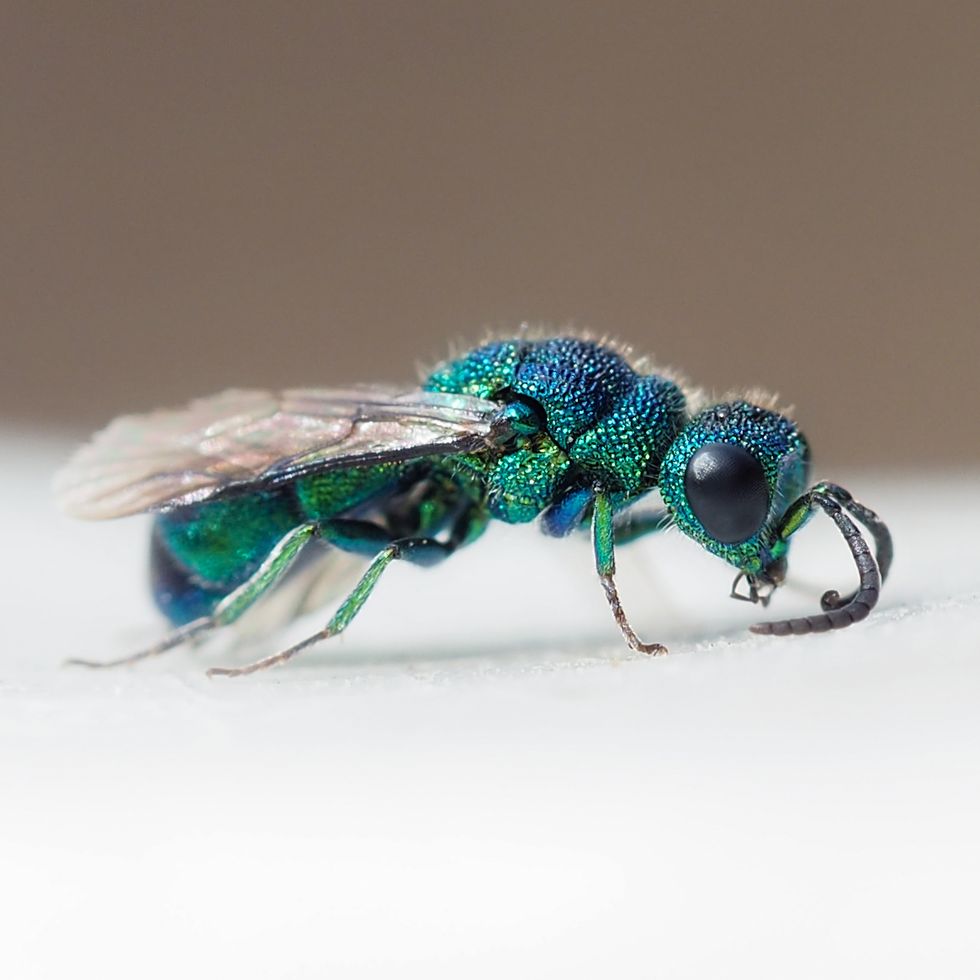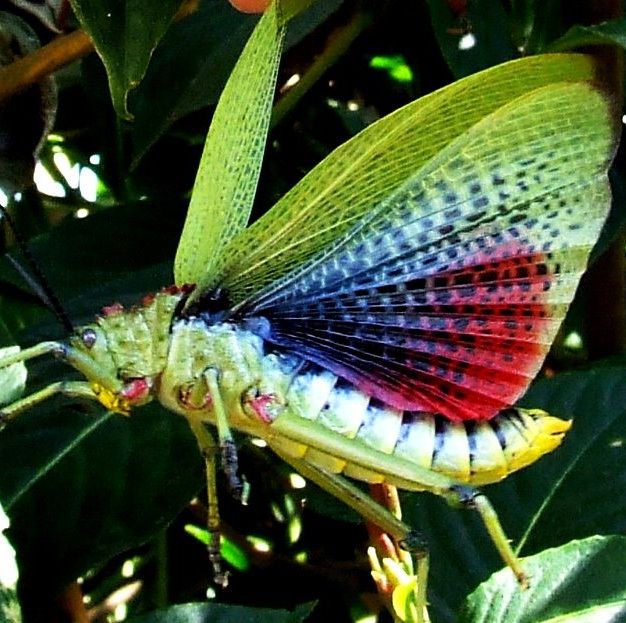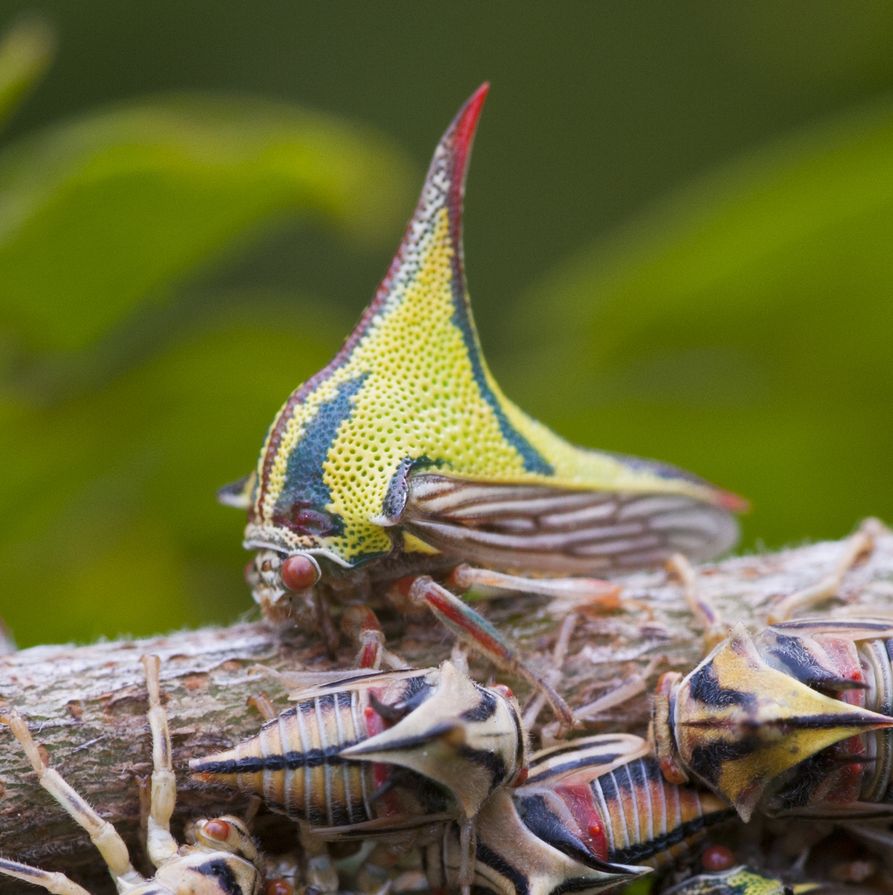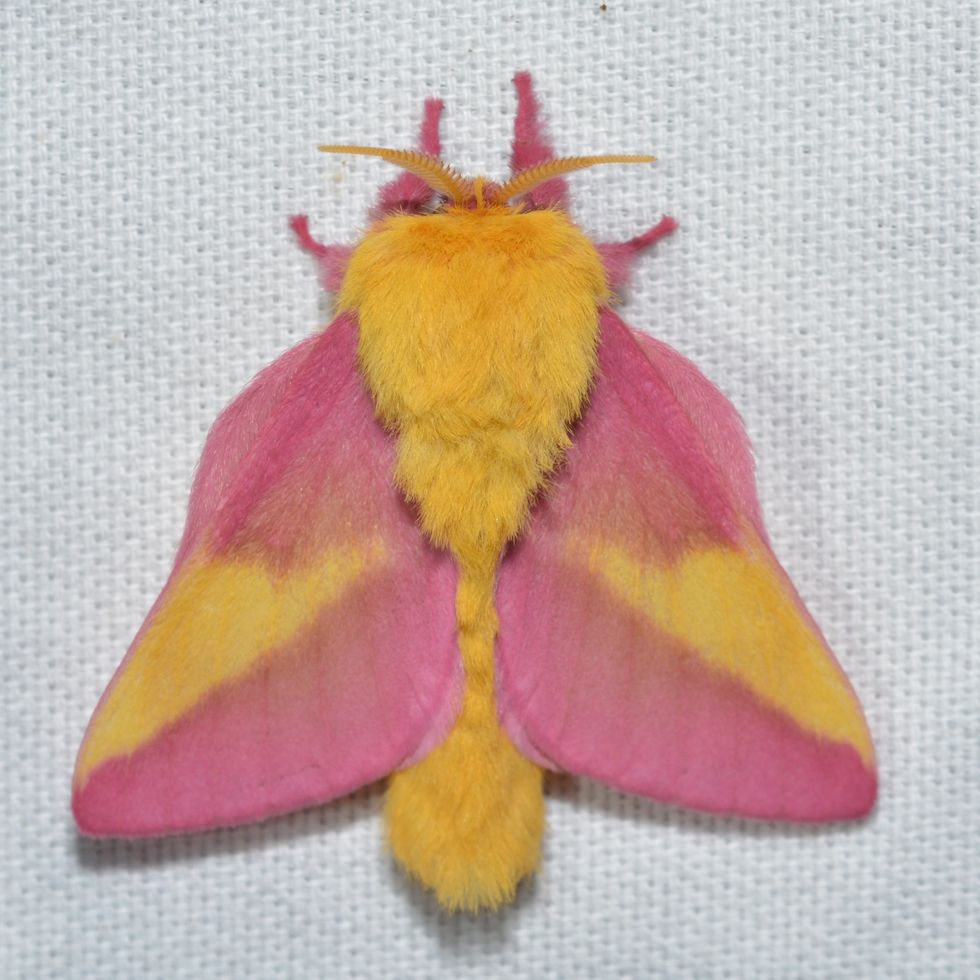

The 15 Most Beautiful Insects in the World
These eye-catching bugs won’t give you the heebie-jeebies!
At any given moment, it’s estimated that 10 quintillion (10,000,000,000,000,000,000) individual insects are alive and kicking on planet Earth. We don’t blame you if you’re not a fan of them all—but quite a few are actually beautiful, if you look closely enough. (It’s not all murder hornets and cicadas out there!)
From blush-pink mantises to golden beetles, hummingbird-like moths to painterly stink bugs, the world is full of insects that wouldn’t look out of place in an art museum. Here’s everything you need to know about why bugs have evolved this way, plus a look at a few of the most beautiful insects ever discovered.
Why do insects have different colors and patterns?
Bugs have evolved with unique appearances for a few key reasons: camouflage, mating, and protection, explains Akito Y. Kawahara, Ph.D., associate professor and curator at the Florida Museum of Natural History at the University of Florida.
By blending into their surroundings, insects like the orchid mantis give predators the slip or become invisible to their prey. Displaying vibrant colors helps bugs like the coastal peacock spider attract mates. And flashier insects like the green milkweed locust, meanwhile, display their colors to warn that they are poisonous or taste bad.
Consider a hairy caterpillar: Those hairs serve a specific purpose, keeping wasps from landing on the caterpillar and appearing unappetizing to birds, Kawahara says. But human beings see them as cute, or at least less freaky than other bugs. “It’s our interpretation, the way human beings perceive what is beautiful and what is gross,” he continues. Other species do the same calculus in a different kind of way.
Another great example of the genius of beautiful insects is the monarch butterfly, Kawahara notes, which feeds on poisonous milkweed as a caterpillar. When it emerges as a full-grown butterfly, its recognizable wings advertise that it tastes nasty—and that it might even kill any predator unlucky enough to eat it. On top of that, other species with similar defenses, including viceroy and queen butterflies, have evolved to look like monarchs, providing extra protection for all three types.
What are the most beautiful insects in the world?
No matter what, remember that all bugs (yes, even that spider hiding in your closet right now!) are worthy of your respect. “We shouldn’t bias ourselves by looking at just the things that are pretty,” Kawahara says. “It’s unfortunate that people don’t think of insects as being awesome, which they really are.”
With so many species to choose from, it’s tough to narrow down the most stunning bugs of the bunch—but here are the ones that really caught our eye:
Recommended Videos
 Charming Photos of Tiny Acrobatic Harvest Mice1431 views
Charming Photos of Tiny Acrobatic Harvest Mice1431 views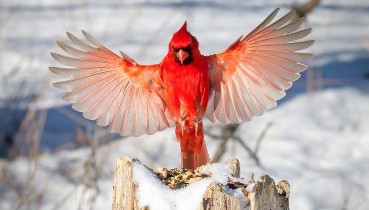 20 Birds with the Most Colorful Feathers4047 views
20 Birds with the Most Colorful Feathers4047 views-
Advertisements
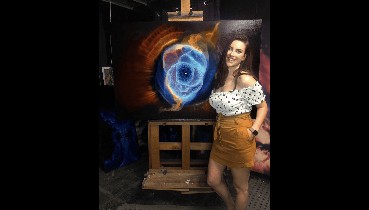 45 Astonishing Space Art Pieces From Gifted Creator Cathrin Machin308 views
45 Astonishing Space Art Pieces From Gifted Creator Cathrin Machin308 views Nature’s Symphony: A Collection Of 30 Stunning Landscape Photos For Your Inspiration3169 views
Nature’s Symphony: A Collection Of 30 Stunning Landscape Photos For Your Inspiration3169 views Surprising Things Spotted In Nature Are Shared In ‘Mildly Interesting’ Subreddit1136 views
Surprising Things Spotted In Nature Are Shared In ‘Mildly Interesting’ Subreddit1136 views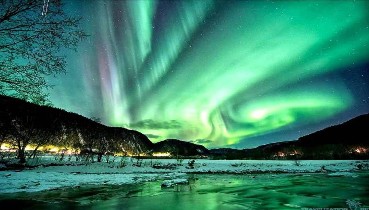 22 Miraculously Awesome Rare Natural Phenomena That Occur on Earth184 views
22 Miraculously Awesome Rare Natural Phenomena That Occur on Earth184 views 12 Top-Selling Female Musicians Ever643 views
12 Top-Selling Female Musicians Ever643 views The Red-bellied Fruit Dove (Ptilinopus greyi)154 views
The Red-bellied Fruit Dove (Ptilinopus greyi)154 views

